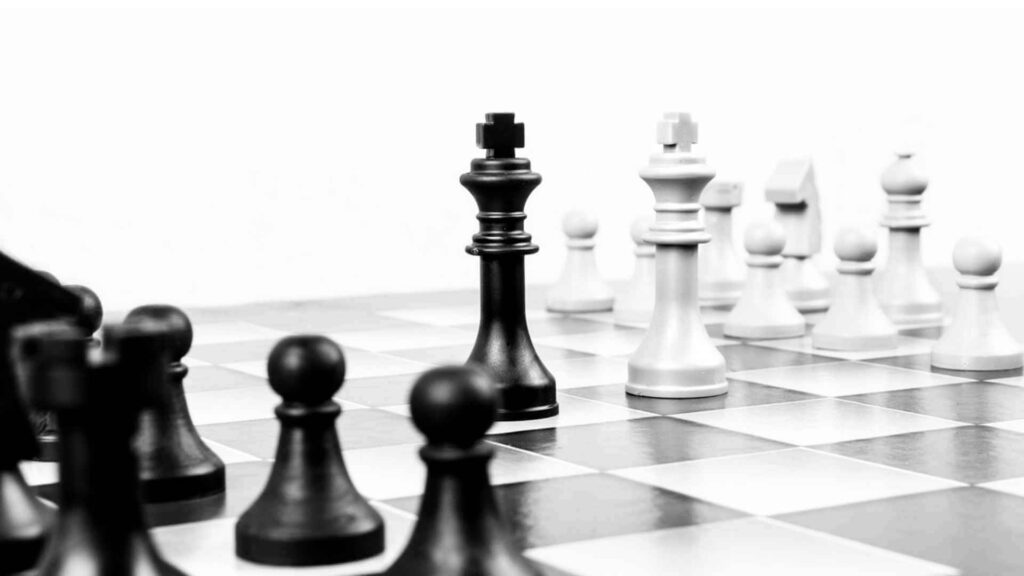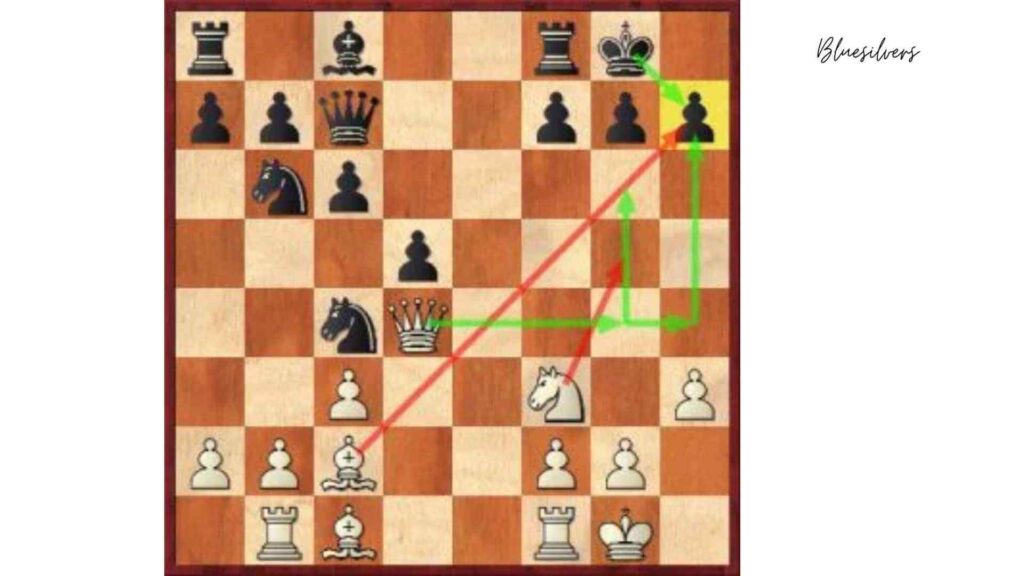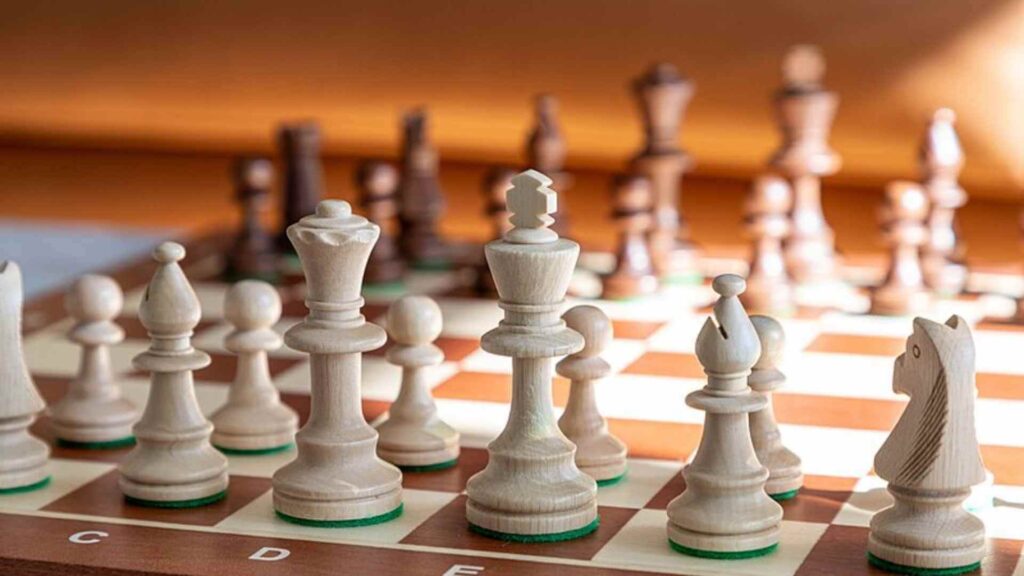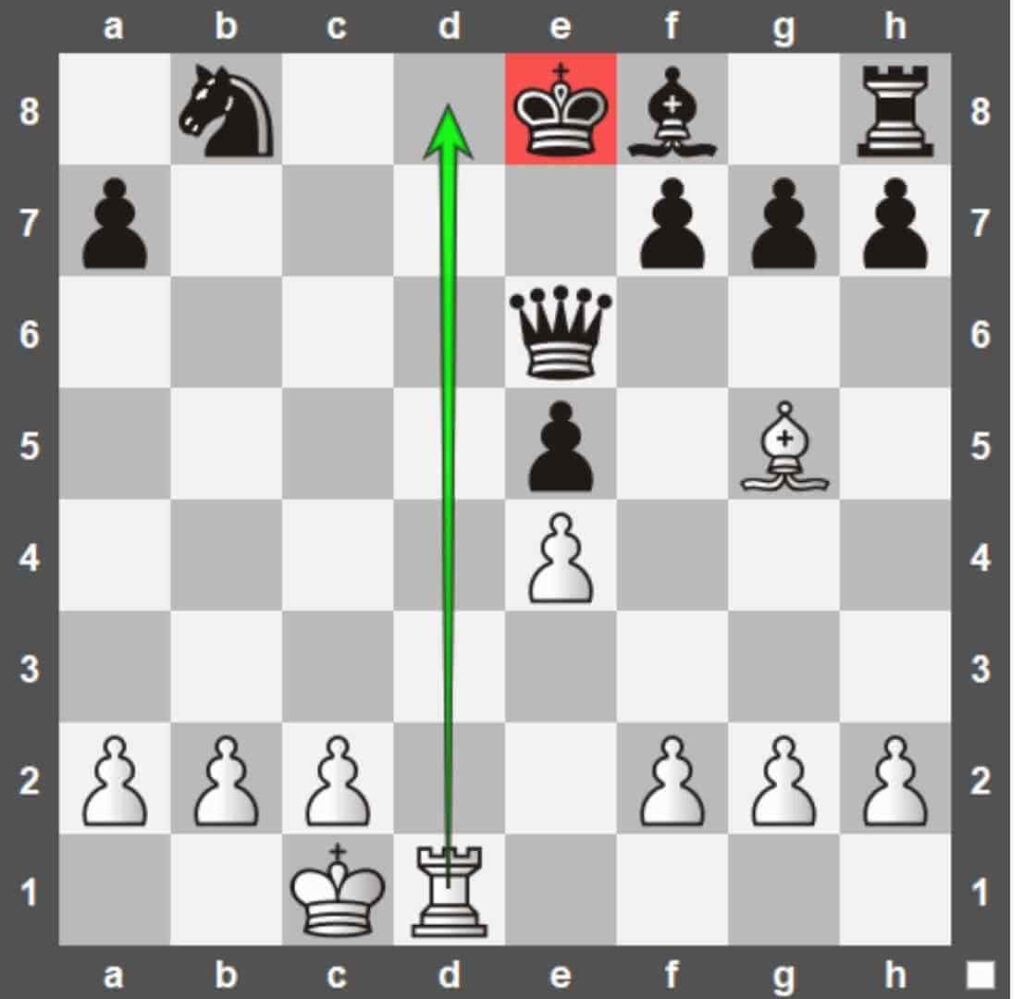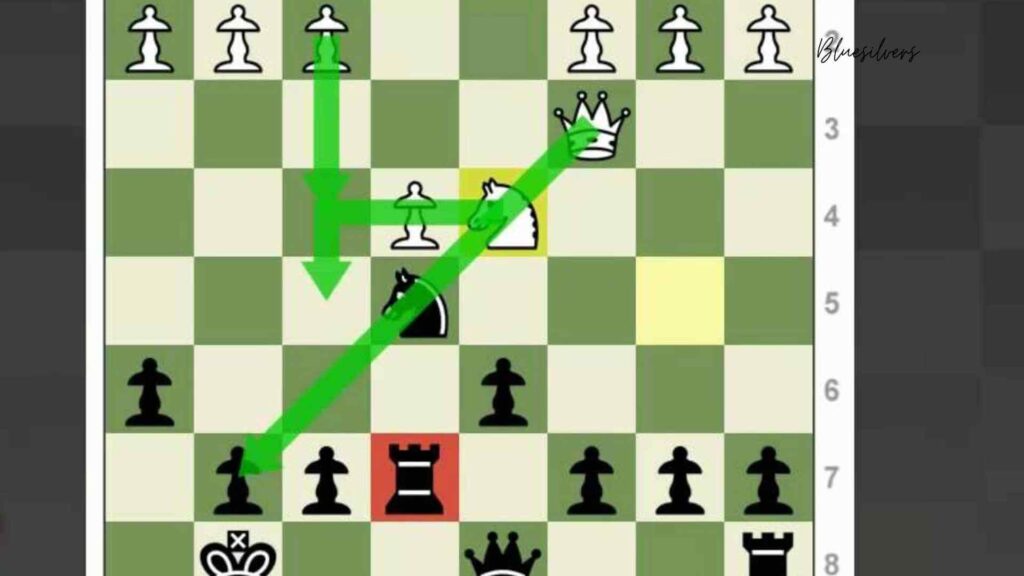About The Game of Chess: Strategy, Skills, and Benefits
Chess is one of the oldest and most intellectually stimulating games in the world. Originating in India around the 6th century, it has evolved into a globally recognized game of strategy and skill. Chess is played on a checkered board with 64 squares, where two players compete to checkmate each other’s king. Beyond being a source of entertainment, chess offers numerous cognitive and social benefits, making it a popular activity across cultures and age groups.
Basics of Chess
A chess game involves 32 pieces—16 for each player, including 1 king, 1 queen, 2 rooks, 2 knights, 2 bishops, and 8 pawns. Each piece moves in unique patterns:
- King: Moves one square in any direction.
- Queen: Moves any number of squares vertically, horizontally, or diagonally.
- Rook: Moves any number of squares vertically or horizontally.
- Bishop: Moves diagonally any number of squares.
- Knight: Moves in an ‘L’ shape—two squares in one direction and one square perpendicular.
- Pawn: Moves forward one square but captures diagonally.
The objective is to trap the opponent’s king in a position where it cannot escape capture, known as checkmate.
Chess Strategies and Tactics
Success in chess depends on strategic planning and tactical moves. Strategies focus on long-term positioning, while tactics involve short-term calculations to gain an advantage. Key strategies include:
- Control the Center: Dominating the central squares allows for better mobility and control over the board.
- Piece Development: Moving pieces out of their initial positions to more active squares early in the game.
- King Safety: Castling to protect the king and connect rooks.
- Pawn Structure: Maintaining strong pawn formations to support other pieces.
Tactics often involve patterns such as forks, pins, and skewers to capture opponent pieces or force positional weaknesses.
Cognitive Benefits of Playing Chess
Chess is widely regarded as a tool for improving mental faculties. Some notable benefits include:
- Enhanced Problem-Solving Skills: Chess requires analyzing situations and planning moves ahead, improving critical thinking.
- Improved Memory: Memorizing openings, tactics, and patterns strengthens memory and recall abilities.
- Concentration and Focus: Players need sustained attention to track opponent moves and strategies.
- Creativity and Imagination: Crafting strategies fosters creative thinking and adaptability.
- Decision-Making Under Pressure: Managing the clock in timed games teaches quick and effective decision-making.
Chess as a Competitive Sport
Chess is not only a recreational activity but also a competitive sport recognized by the International Chess Federation (FIDE). Tournaments range from local club events to global championships, including the prestigious World Chess Championship. Players earn ratings based on performance, with grandmasters (GMs) being the highest-ranked professionals.
Online platforms like Chess.com and Lichess.org have made the game more accessible, allowing players to practice, learn, and compete with others worldwide.
Learning Chess
Beginners can learn chess through books, tutorials, and online courses. Key areas of focus include:
- Openings: Studying common opening moves to establish a strong position.
- Middle Game: Practicing tactics and strategies to build an advantage.
- Endgame: Mastering techniques to convert a material advantage into a checkmate.
Regular practice with puzzles and game analysis helps players improve continuously.
Chess and Technology
Modern chess has been greatly influenced by technology. Chess engines like Stockfish and AlphaZero analyze games at advanced levels, providing insights that help players refine their skills. These tools have also revolutionized training methods and game preparation.
Conclusion
Chess is more than just a game—it is a mental workout that challenges and develops cognitive skills. It promotes strategic thinking, patience, and focus, making it suitable for players of all ages. Whether played casually or competitively, chess remains a timeless pursuit that combines tradition, intellect, and innovation. Its enduring popularity highlights its value as both an art and a science, offering endless opportunities for learning and growth.
